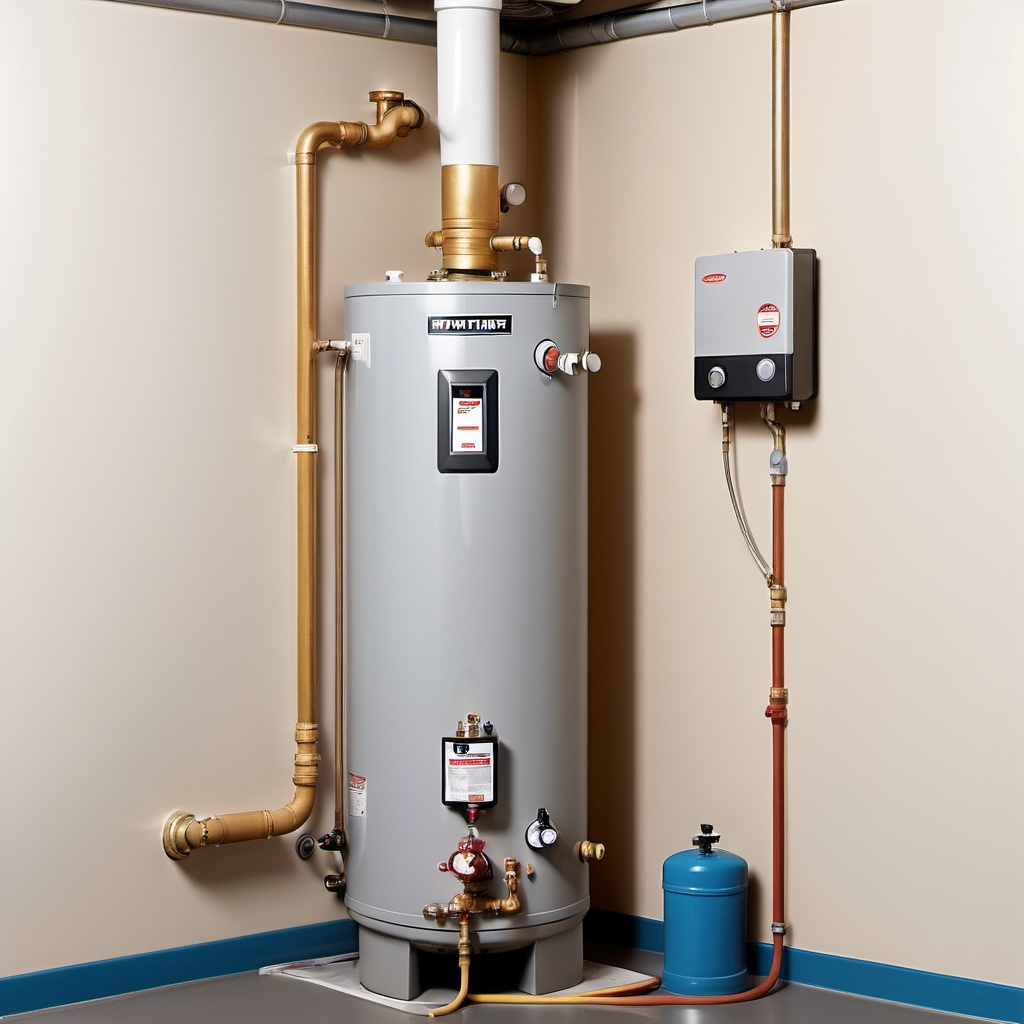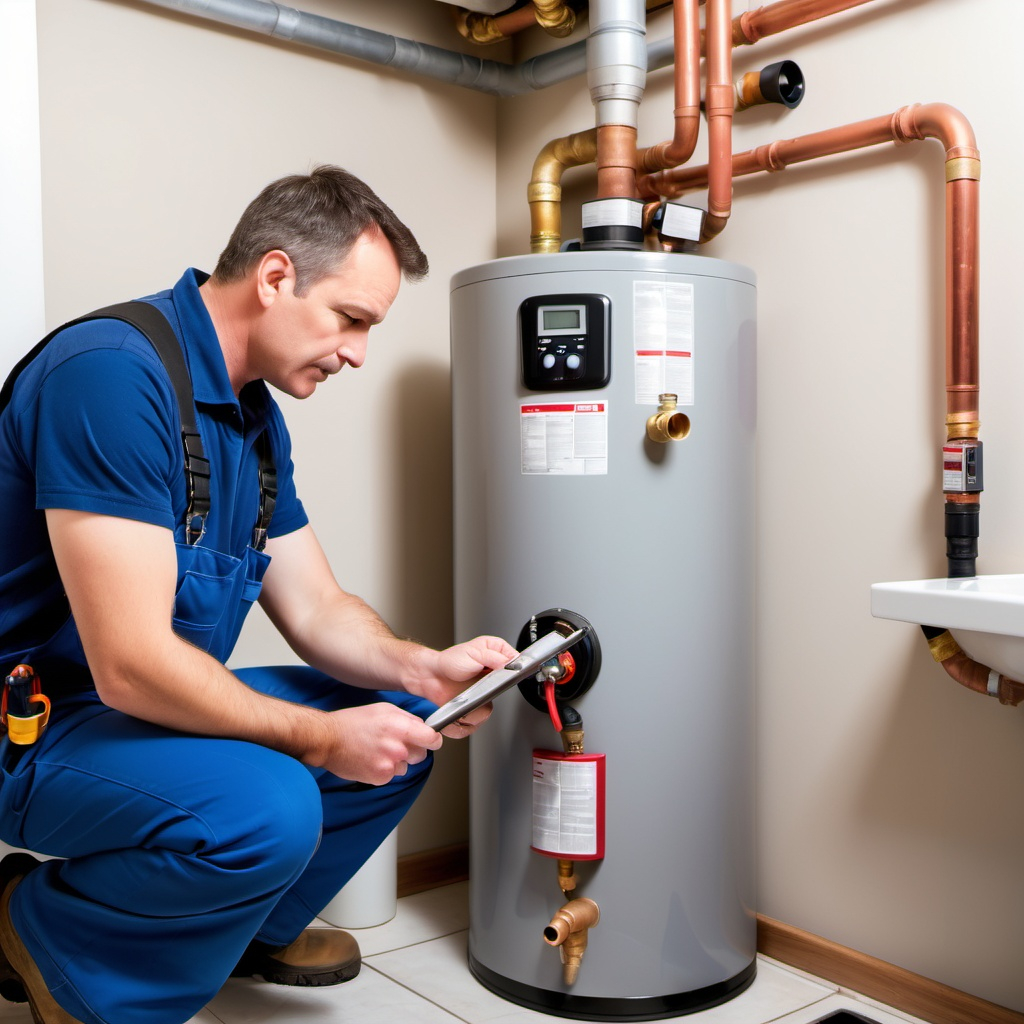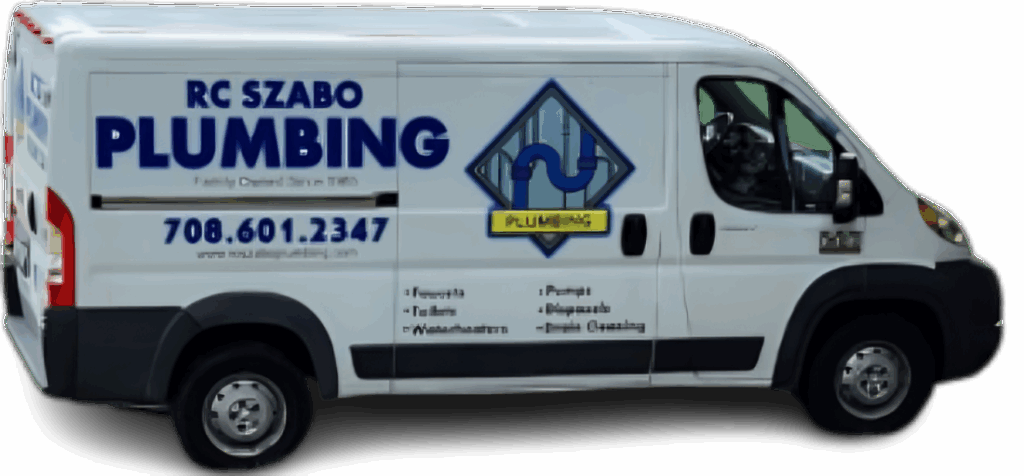
Top water heater issues that impact your home’s water pressure—and how to fix them are essential knowledge for any homeowner. When hot water heaters malfunction, they can reduce both hot water availability and overall water pressure, leading to frustration and potentially costly repairs. This guide covers the most common water heater problems affecting water pressure and provides actionable solutions to help restore optimal performance in your home.
1. Sediment Buildup in the Tank
How Sediment Buildup Occurs:
Over time, mineral deposits from hard water can accumulate at the bottom of the water heater tank. As these deposits build up, they take up valuable space in the tank, reducing its ability to hold hot water. Sediment buildup can also clog the dip tube, which brings cold water to the bottom of the tank for heating. Among the top water heater issues that impact your home’s water pressure—and how to fix them—sediment buildup is one of the most common. Over time, these mineral deposits not only reduce the tank’s hot water capacity but can also clog critical components, such as the dip tube, further compromising water pressure and heating efficiency.
Impact on Water Pressure:
Sediment not only reduces the heating efficiency but can also obstruct water flow, particularly in homes with high mineral content in their water. This sediment can also cause low pressure in the hot water lines as it limits water passage through the heater.
Solutions for Sediment Buildup:
Regularly flushing the water heater tank, typically every six months to one year, can help prevent sediment buildup. During flushing, the tank is drained, allowing sediment to be expelled. If you live in an area with hard waiter, consider installing a water softener to reduce mineral deposits in the tank and pipes. Sometimes it is better to bite the bullet and repipe your whole home depending on the age, condition, and material type below:
Galvanized Steel Pipes
- Life Expectancy: 20 to 50 years
Copper Pipes
- Life Expectancy: 50 to 70 years
- Description: Copper is durable, resistant to corrosion, and often considered the standard for water distribution. It can last several decades, but its lifespan can be shorter in areas with acidic water.
PEX (Cross-Linked Polyethylene) Pipes
- Life Expectancy: 40 to 50 years
CPVC (Chlorinated Polyvinyl Chloride) Pipes
- Life Expectancy: 40 to 60 years
- Description: CPVC is similar to PVC but can handle higher temperatures, making it suitable for both hot and cold water lines. It’s resistant to scaling and corrosion, but it can become brittle with age.
2. Heat Trap Nipple Malfunction
What is a Heat Trap Nipple?
Heat trap nipples are fittings installed on the water heater’s inlet and outlet connections. They prevent heat loss by blocking convective heat transfer, keeping the water in the heater warmer for longer. However, these nipples include small components that can get clogged or malfunction, sometimes closing off water flow. If heat trap nipples become clogged or malfunction, they can significantly reduce water flow, contributing to lower water pressure—a key factor in Top Water Heater Issues that Impact Your Home’s Water Pressure—and How to Fix Them.
How Clogged or Closed Heat Trap Nipples Affect Water Pressure:
When a heat trap nipple malfunctions, it restricts the flow of hot water, leading to low pressure in the hot water taps. Over time, mineral deposits and debris can clog these nipples, causing them to stick shut and effectively reduce water pressure in the hot water system.
Solutions for Clogged Heat Trap Nipples:
If you suspect a heat trap nipple is causing low pressure, contact a professional plumber who can safely remove and inspect the nipples. In cases where they are clogged, cleaning or replacing the heat trap nipples will restore the water flow. For homes with recurring issues, consider replacing these with non-heat-trapping connectors to avoid further problems.
3. Faulty or Damaged Dip Tube

The Role of the Dip Tube:The dip tube is a plastic pipe inside the water heater that directs incoming cold water to the bottom of the tank, where it can be heated. This separation of cold and hot water zones ensures a continuous flow of hot water from the top of the tank to the household.
A damaged or broken dip tube can cause cold water to mix with hot water, leading to inconsistent temperatures and reduced water pressure—one of the Top Water Heater Issues that Impact Your Home’s Water Pressure—and How to Fix Them.
Issues with Dip Tubes and Their Impact on Pressure:
If the dip tube cracks, breaks, or disconnects, cold water mixes with the hot water near the top of the tank. This results in inconsistent temperatures, and often, hot water runs out quickly. Although this doesn’t directly reduce pressure, it can give the impression of low pressure when the hot water suddenly becomes lukewarm.
How to Fix a Dip Tube Issue:
A damaged dip tube typically requires replacement. A plumber can replace the dip tube easily, and this repair usually results in a return to proper water temperature and flow consistency.
4. Malfunctioning Pressure Relief Valve
Understanding the Pressure Relief Valve:
The pressure relief valve is a safety feature on the water heater that releases water if the tank’s pressure exceeds safe levels. However, if this valve malfunctions, it may either allow water to leak constantly or fail to open when pressure is too high. A faulty pressure relief valve can lead to both water damage and pressure imbalances, which are among the Top Water Heater Issues that Impact Your Home’s Water Pressure—and How to Fix Them.
Impact on Water Pressure:
A faulty pressure relief valve can cause a constant water leak, which reduces water pressure in the hot water system. Leaks not only reduce pressure but can also lead to water damage around the tank.
Solutions for a Faulty Pressure Relief Valve:
Regular maintenance and inspections can catch issues with the pressure relief valve early. If the valve is malfunctioning, it should be replaced to prevent both pressure loss and potential safety hazards. This is a task best handled by a professional plumber due to the risks involved in working with high-pressure systems.
5. Leaking Water Heater Tank
Causes of Water Heater Leaks:
Over time, rust and corrosion can cause the water heater tank to develop leaks. When this occurs, water gradually seeps out of the tank, decreasing the amount of hot water available for use. Leaks caused by rust and corrosion can also lead to a drop in water pressure, making it one of the Top Water Heater Issues that Impact Your Home’s Water Pressure—and How to Fix Them.
How Leaks Affect Water Pressure:
A leaking tank reduces the available hot water and can lead to a drop in pressure as less water reaches the hot water outlets in the home. This can be particularly noticeable during high-demand times.
Fixing Water Heater Leaks:
If a water heater tank is leaking, it’s often best to replace the entire unit, especially if it is an older model. Small leaks may be repaired temporarily, but tank replacement is typically the most effective long-term solution.
6. Corroded Pipes or Fittings
How Corrosion Impacts Plumbing:
Water heaters connected to metal pipes, especially in homes with hard water, are prone to corrosion. As pipes corrode, mineral buildup and rust restrict water flow, particularly in the hot water lines. Corroded pipes are a major contributor to water heater inefficiency and are among the top water heater issues that impact your home’s water pressure—and how to fix them knowing how to fix them can help maintain smooth water flow and prevent further damage in your hot water lines.
Effect on Water Pressure:
Corrosion leads to reduced pipe diameter, which limits water flow and decreases pressure. This is a common issue in older homes where pipes have been exposed to decades of hard water minerals.
Addressing Corroded Pipes:
Replacing corroded pipes is the best solution for restoring water pressure. In some cases, water heaters may also need to be moved or updated to accommodate newer, corrosion-resistant piping materials like PEX or CPVC.
7. Partially Closed or Faulty Shut-Off Valve
Function of the Shut-Off Valve:
The shut-off valve allows you to control the flow of water into the heater. If it’s not fully open, water flow into the tank is limited, which can result in low pressure in the hot water outlets.
Why a Partially Closed Valve Causes Low Pressure:
If the shut-off valve is partially closed or has a malfunction, it restricts water flow into the water heater, reducing the amount of hot water available at the tap and leading to perceived pressure issues.
How to Fix a Faulty Shut-Off Valve:
Ensure the shut-off valve is fully open. If it appears damaged, a plumber should inspect and replace the valve as needed to restore proper water flow.
8. Water Supply Line Issues
What Causes Supply Line Issues?
Blockages, leaks, or malfunctions in the main water supply line to the heater can limit water flow, affecting both hot and cold water pressure. These issues may arise from clogged pipes, mineral buildup, or even external issues with municipal water supply.
How It Impacts Water Pressure:
When the supply line to the water heater is restricted, water pressure decreases throughout the home. This issue is often indicated by low pressure in both hot and cold taps, though it may be more noticeable in hot water lines.
Solutions for Supply Line Issues:
If water pressure problems persist, contact a professional to assess the supply line. Replacing old, clogged pipes or installing a water softener may improve water flow to the heater.
9. Inadequate Water Heater Size for Household Needs
Understanding Water Heater Capacity:
Each water heater has a capacity limit based on its size and the household’s needs. If a water heater is undersized for a home, it may struggle to provide consistent hot water during peak usage, resulting in fluctuating temperatures and perceived low pressure. Understanding the top water heater issues that impact your home’s water pressure—and how to fix them can make a substantial difference in your home’s comfort and efficiency.
Why Capacity Affects Water Pressure:
While capacity doesn’t directly impact pressure, a water heater that’s too small for the demand can run out of hot water quickly, causing lukewarm water flow that may feel like low pressure.
Fixing Capacity Issues:
Upgrading to a larger water heater or a tankless water heater can resolve capacity-related issues, ensuring adequate hot water and consistent pressure for high-demand households.
Preventative Tips for Maintaining Water Pressure in Your Hot Water System
- Regular Maintenance: Schedule routine maintenance, including annual flushing, to prevent sediment buildup and other common issues.
- Install a Water Softener: Hard water exacerbates mineral buildup and corrosion, so installing a water softener can extend the life of your water heater and plumbing system.
- Inspect Heat Trap Nipples and Other Components: If you experience low hot water pressure, checking components like heat trap nipples, pressure relief valves, and shut-off valves can often reveal the issue.
- Check System Pressure Regularly: Monitor water pressure at different points in the system to identify early signs of restricted flow, blockages, or valve issues.
Top water heater issues that impact your home’s water pressure—and how to fix them
By addressing the top water heater issues that impact your home’s water pressure—and how to fix them homeowners can maintain stable water pressure, avoid costly repairs, and prolong the life of their hot water systems. Regular maintenance and timely repairs on common issues will go a long way in ensuring optimal performance. However, if low water pressure persists, consulting a licensed plumber is highly recommended for a precise diagnosis and professional solution.

RC Szabo Plumbing & Sewer
???? Midlothian, IL
???? www.rcszaboplumbing.com
???? Call Us: (708) 653-8639
???? Email: rcszaboplumbing@gmail.com
Follow us on Social Media:
???? Facebook???? Instagram
???? YouTube ???? Nextdoor
???? Linkedin ???? BBB ???? Quora ???? Patch ???? Angi ???? Yelp ???? Blogger ???? Pinterest



